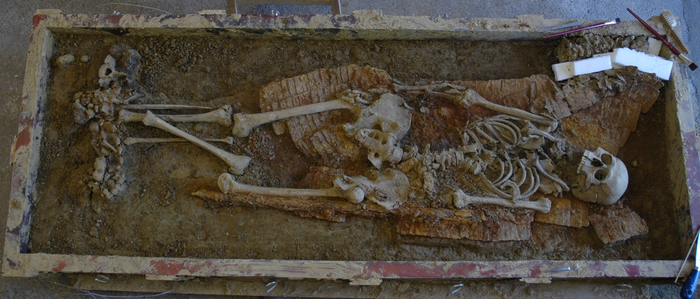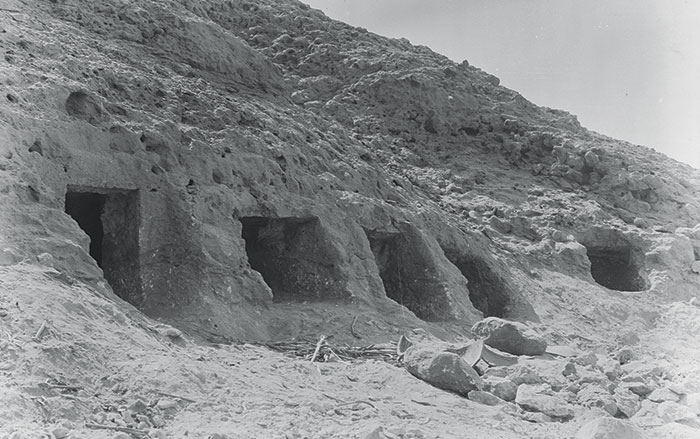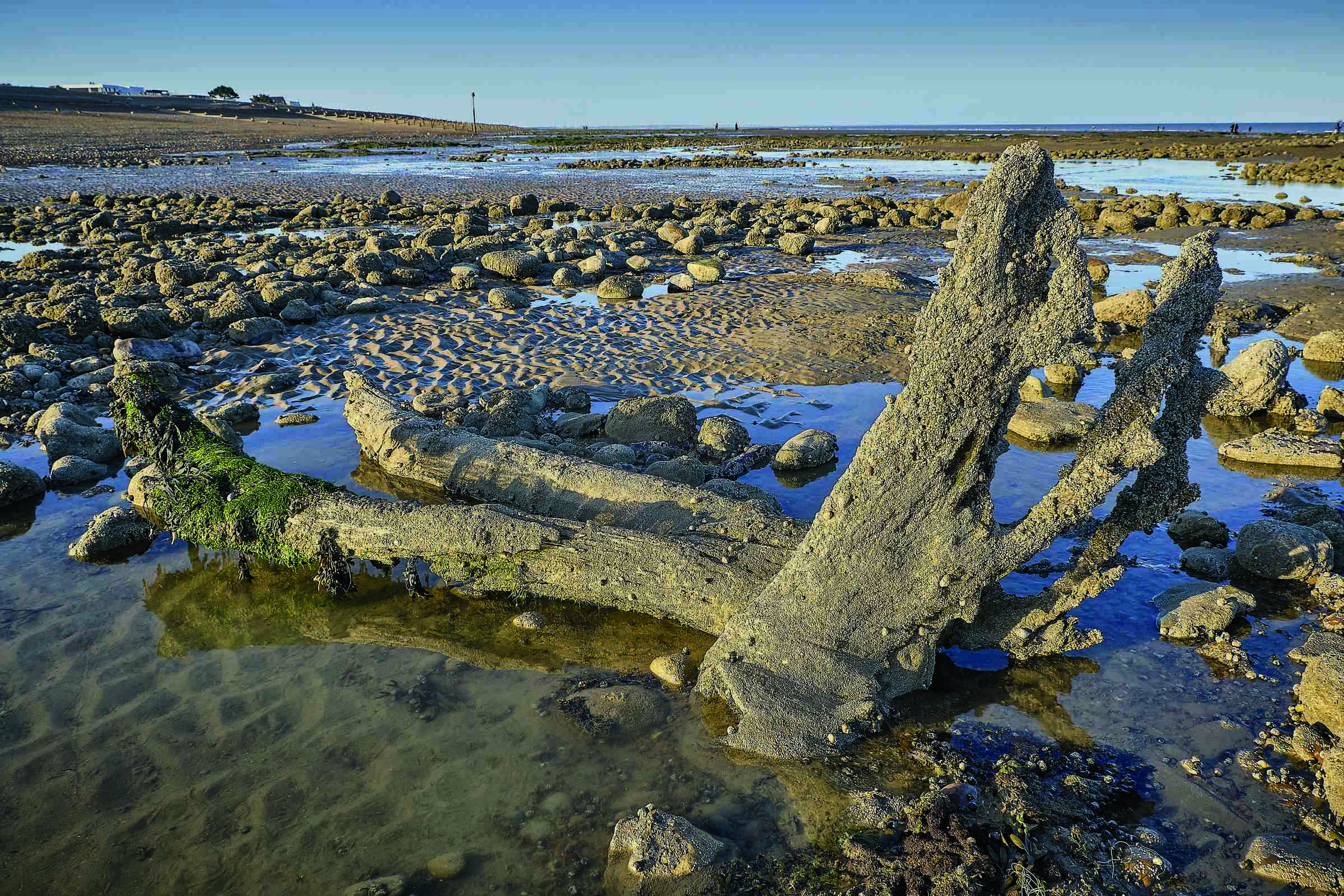
LEIPZIG, GERMANY—According to a statement released by the Max Planck Society, a genetic study conducted by an international team of researchers has revealed that a group of warriors known as the Avars traveled quickly from Mongolia to Europe some 1,500 years ago. The scientists, including Guido Alberto Gnecchi-Ruscone of the Max Planck Institute for Evolutionary Anthropology, analyzed the genomes of Avar elites whose remains were found in 27 sites in what is now Hungary. The study found that DNA from the oldest of these burials was nearly identical to that of an individual who had been buried in eastern Mongolia several decades earlier. “The DNA is so close it’s got to be within one generation, or less,” said Choongwon Jeong of Seoul National University. DNA samples from the graves of Avar elites dated 200 years later retain a strong East Asian signature, although without signs of inbreeding, indicating that the population was large, or that additional migrants from Mongolia continued to arrive in Europe, added Walter Pohl of the University of Vienna. The study also suggests that the non-elite living away from the Avar capital probably mixed with the local population. The Avars were eventually defeated by Charlemagne in the late eighth century. Read the original scholarly article about this research in Cell. To read about dugout longboats unearthed in a Serbian strip mine that were of a type used by the Avars, go to "Roman River Cruiser."










